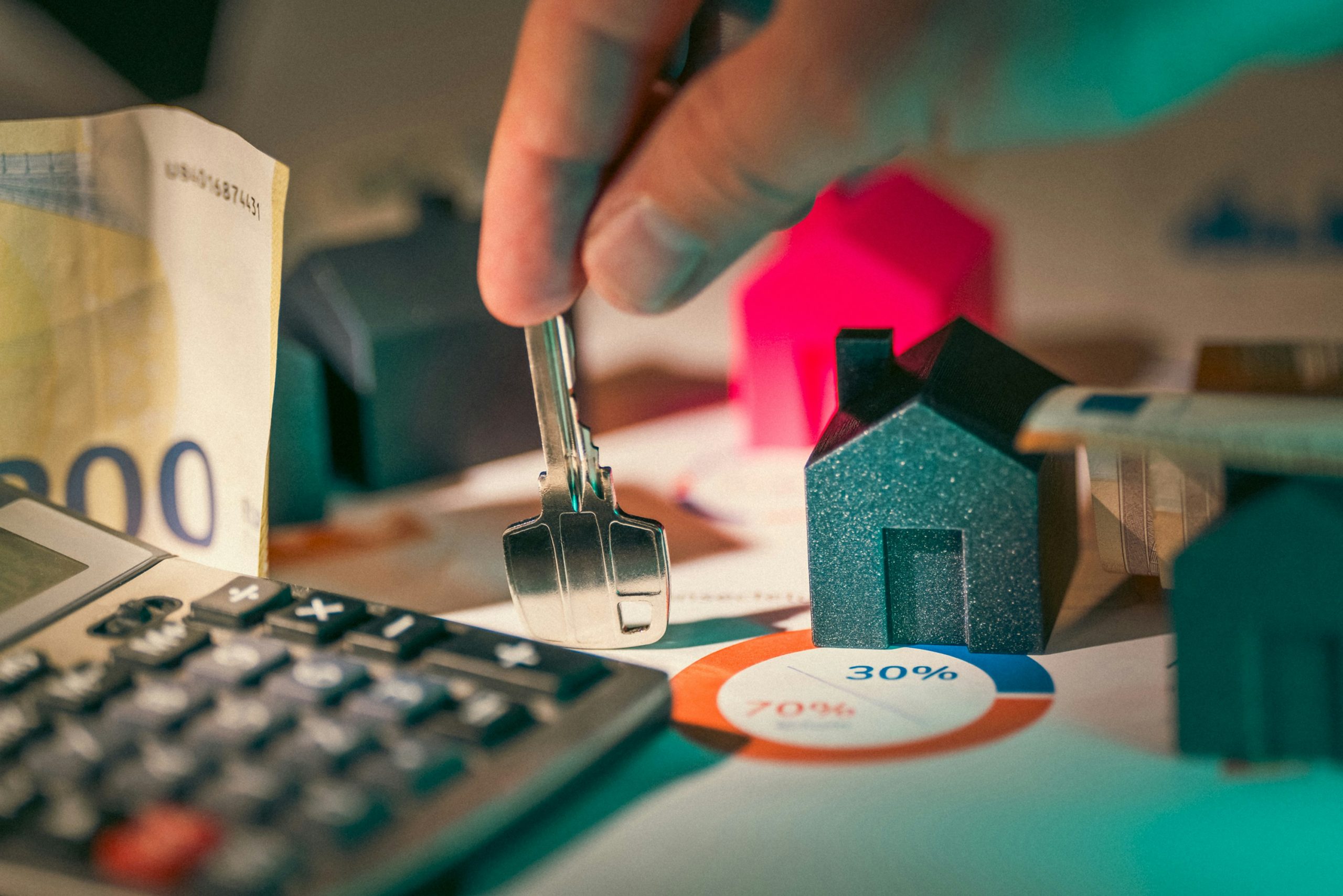
How Mortgage Rate Buydowns Work—And How They Can Help You Win in Today’s Market
In today’s high-interest-rate real estate market, both buyers and sellers are looking for ways to make homeownership more affordable—and deals more attractive. One increasingly popular strategy is the mortgage rate buydown. Whether you're buying your first home or selling one in a competitive market, understanding how buydowns work can help you make smarter decisions.
What Is a Mortgage Rate Buydown?
A mortgage rate buydown is when a seller, builder, or buyer pays upfront to lower the interest rate on a mortgage—either for a temporary period or for the life of the loan. This can significantly reduce the borrower’s monthly payment and make a home more affordable in the short or long term.
There are two primary types of buydowns:
🔹 1. Temporary Buydowns
These lower the rate for the first few years of the loan and then revert to the full rate afterward. The most common are:
-
2-1 Buydown: The interest rate is reduced by 2% in year one and 1% in year two, then goes back to the original rate in year three.
-
3-2-1 Buydown: The rate is reduced by 3% in the first year, 2% in the second, and 1% in the third.
These are often funded by the seller or builder as an incentive.
🔹 2. Permanent Buydowns
This involves paying discount points upfront to permanently reduce the interest rate. One discount point typically costs 1% of the loan amount and can lower the interest rate by about 0.25%, depending on the lender.
How Do Buydowns Work Financially?
Let’s say you're buying a $500,000 home with 20% down and getting a $400,000 mortgage at a 7% interest rate. That would make your monthly principal and interest payment about $2,661.
Now, imagine the seller offers to fund a 2-1 buydown:
-
Year 1: 5% rate = $2,147/month
-
Year 2: 6% rate = $2,398/month
-
Year 3+: 7% rate = $2,661/month
Over the first two years, you’d save nearly $9,000 in total payments—money you can use for furniture, renovations, or emergency savings.
Why Sellers Offer Buydowns
In a market where buyers are hesitant due to high mortgage rates, sellers may offer to fund a buydown instead of lowering the price. For example:
-
Dropping the price by $20,000 might save a buyer around $133/month
-
Offering a $10,000 buydown can reduce monthly payments by $500+ in the first year
That’s a more impactful incentive for many buyers.
Advantages of a Mortgage Rate Buydown
✅ Lower Monthly Payments – Even temporary relief helps with cash flow in the early years of homeownership.
✅ Increased Buying Power – Lower payments can help buyers qualify for a larger loan.
✅ More Attractive Listings – For sellers, advertising a buydown option can make your home stand out in a competitive market.
✅ Negotiation Leverage – Buyers can request buydowns instead of a price reduction or closing cost credits.
✅ Time the Market – Use a buydown to bridge the gap until interest rates drop, then refinance.
Things to Consider
-
Qualification is still based on the full rate. Lenders underwrite based on the final rate (e.g., 7%), not the reduced first-year rate.
-
Upfront costs matter. Whether you or the seller is paying for the buydown, make sure it fits your financial goals.
-
You may refinance early. If you refinance before the buydown period ends, unused funds may go toward your principal—but check with your lender.
How to Use Buydowns to Your Advantage
-
As a Buyer: Negotiate a buydown instead of a price cut, especially in markets where sellers are offering concessions.
-
As a Seller: Offer buydowns as a marketing strategy to attract buyers who are rate-sensitive.
-
As an Agent or Investor: Use buydowns to keep deals moving and make properties stand out in a high-rate environment.
Final Thoughts
Mortgage rate buydowns are a powerful tool in today’s real estate landscape. They offer flexibility, affordability, and a win-win solution for both buyers and sellers. Whether you're purchasing your dream home or trying to sell one, understanding how to leverage a buydown could save you thousands and help you make smarter moves in any market.
Need help exploring your options?
Let’s talk about how buydowns or other strategies can help you get the best deal—whether you’re buying or selling.